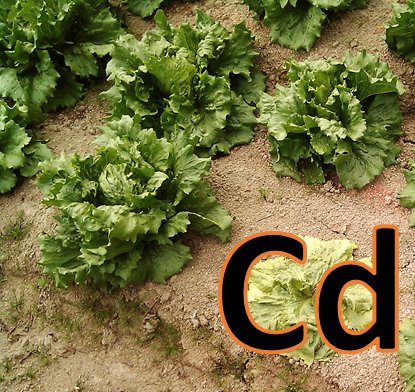Phytomanagement of cadmium-contaminated soil
Maintaining soil fertility for agricultural production requires regular application of phosphate fertiliser.The rocks whence these fertilisers are manufactured can contain elevated concentrations of cadmium (Cd), a toxic heavy metal. Repeated applications of phosphate fertiliser result in the accumulation of Cd in the topsoil, where it is readily taken up by plants. Concentrations of Cd in some food crops, particularly leafy vegetables are close-to or above Food Safety Standards (FSS), potentially imperilling food exports – or human health. The FSS for Cd are set just below the toxicological threshold, without the safety margins that are normally incorporated into the FSS for other contaminants. At present, there is no low-cost means of removing Cd from phosphate fertilisers. Nor can Cd contaminated soils be cleansed. Our research focuses on using low-cost biowastes as soil conditioners to reduce plant Cd-uptake and thereby reduce the threat posed by Cd-contaminated soil. When used as soil conditioners, some biowastes not only reduce plant Cd-uptake, but also improve soil fertility, thereby reducing the need for high-Cd phosphate fertilisers. The challenge is to determine the optimal geochemical conditions to minimise plant Cd-uptake without disrupting nutrient cycling. While the use of biowastes does not represent a permanent solution to the problem of Cd accumulation in soil, it extends the useable life of the soil. This will allow time for the development of permanent solutions such as the “decadmiation” of phosphate fertilisers or low-cost soil clean up technologies.
Cadmium uptake model
